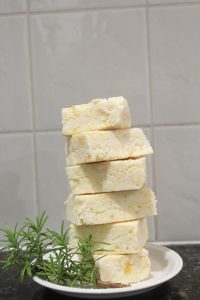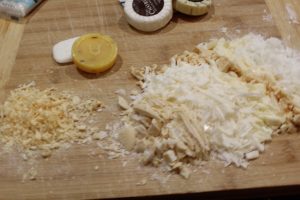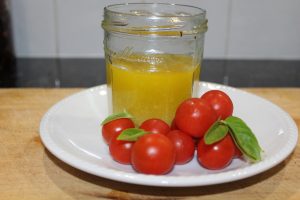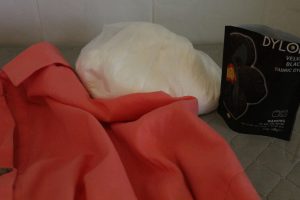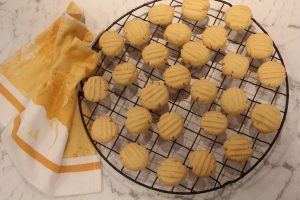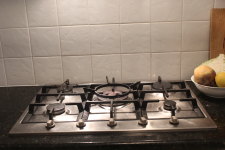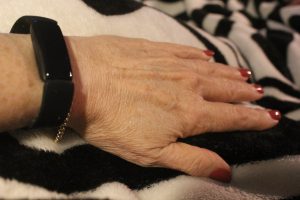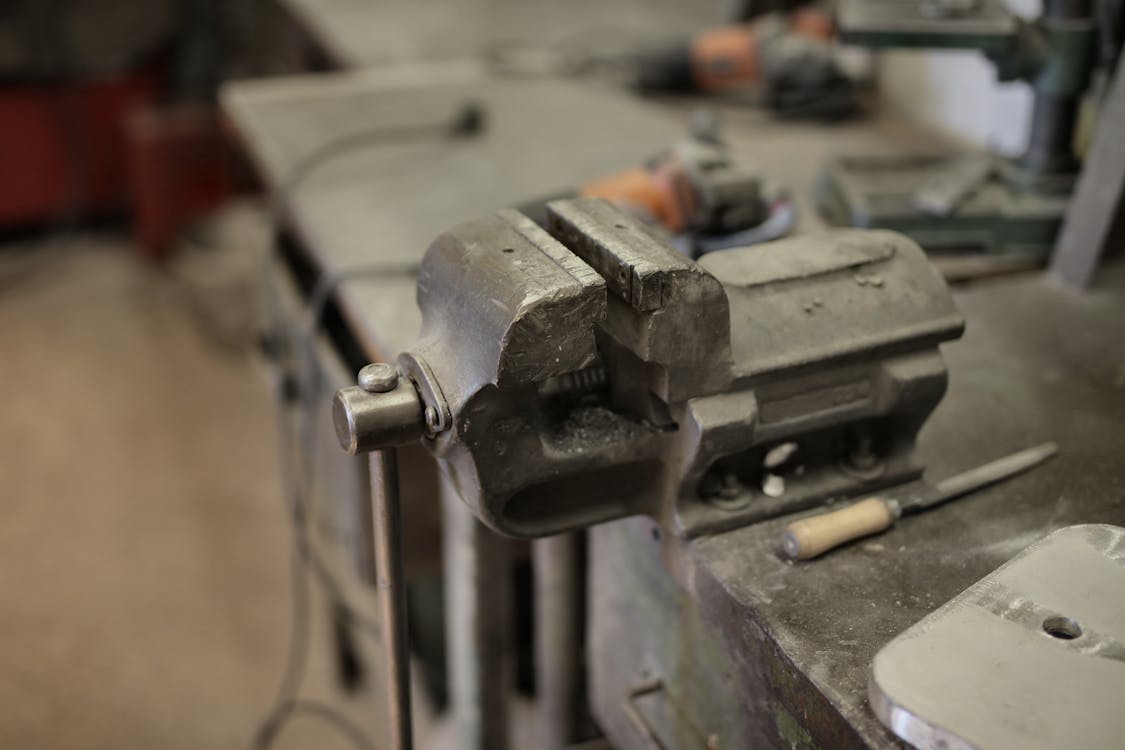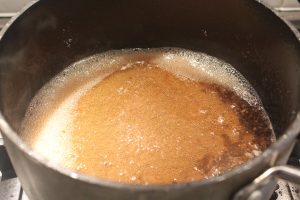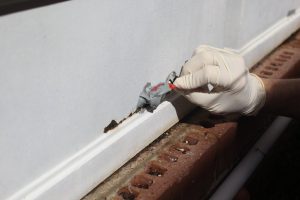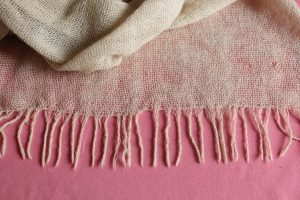Fruit, vegetables and gut health


Looking online for some information I found an article suggesting we all need to eat a variety of fruits and vegetables every week. Thirty, in fact! According to the experts this will contribute to the well being of our gut microbiome and good gut health. The bacteria in our gut is believed to have a huge impact on our well being.


Some articles go on to suggest seven serves a day, featuring a variety of fruits and vegetables. Apparently fresh or frozen spinach has the same benefit as a probiotic. Interestingly, frozen vegetables are promoted as they are picked and packed, frozen and transported almost immediately, whereas fresh can be days old before it arrives in the shops.


I kept count over seven days. I thought I was doing pretty well. Despite consciously expanding our fruit and vegetable intake and focusing on variety, I only got to twenty one! Not enough.


The experts suggest any fruits or vegetables which are purple in colour should feature in your daily diet. Deep purple produce is very high in antioxidants, which play a major role in preventing free radical damage to our cells.


There were a few suggestions about ways to increase your daily intake.of F&V. These include folding a sheet into six boxes and labeling the boxes red, orange, yellow, blue, purple and green and keeping a tally of your daily intake to ensure variety, plus blending masses of vegetables after steaming or boiling to make thick soups using the vegetable water as stock. Visiting local Farmers’ Market may be inspirational and alert you to what is seasonal. Good luck. I found it quite hard.
mending
So much of what we buy ends up in landfill, especially clothing. Only 20% is recycled through charities and second hand shops, the rest mostly becomes landfill. Mending would probably prolong the wear of some of those clothes.


Image Pexels
There are two types of mending, the very popular, clever and often colourful visible mending where no attempt to colour match or hide the mend is made and invisible mending, when the repair is not at all noticeable. These projects all involve invisible mending.
Today was mending day. I had three things to mend, although I only intended to repair two things but burnt the edging of an oven mitt taking loaves of bread out of the oven last night. Even then it hadn’t occurred to me that I could mend it, but when I went upstairs to get the white tape to reinforce a pillowcase needing repairs, there was a roll of back tape next to it, so another job was added to the list.


The pillowcase belongs to a set of bed linen which is at least 12 years old. It gets used every fortnight so has performed well so far. I really like these cotton sheets. The pillowcases and sheet feature embroidered bees in a wreath.


The fitted sheet, top sheet and other pillowcase are in good shape. One seam on one pillowcase was threadbare and tearing. I’d previously done a small repair using stitched on cotton tape but now needed a much bigger repair.
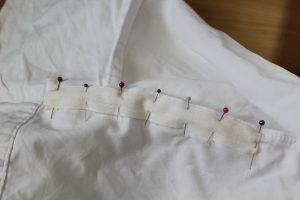

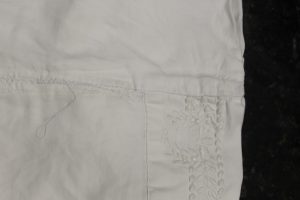

Mending the pillowcase involved pinning a strip of cotton tape along the disintegrating seam and machine stitching it in place. Then I turned the pillowcase to the right side and zigzagged over the threadbare areas. Checked the rest of the seam was strong then ironed it. It’s in use again.
Picked up the roll of black tape while I was upstairs and pinned that around the frayed oven mitt. I folded over the end and held it in place with a clip before zigzag sewing it in place. I’m not sure I would have bothered to mend this if I hadn’t seen the tape but I am pleased it did and it’s in use again. Originally bound with bias binding I chose a much sturdier tape for re-binding the oven mitt.




Pinned.


Stitched.


Back in use.
The third mending job was repairing the hem binding on a cashmere rug I bought in Beijing about 24 years ago. I throw it over the bed every night as it is warm but light. The rug has kept the three of us warm on the freezing ferry trip from Hong Kong to Guangzhou when the air-conditioning was set to arctic, been used as a privacy screen, kept my knees warm on long flights, even used to swaddle a fractious child. I always take it away with us on trip. I don’t want it to begin unraveling!


Mending was easy. I simply pinned the binding in place on the blanket and hand stitched it. Inspected the binding on both ends. No more repairs required. I used to have this cashmere blanket dry cleaned regularly but discovered during the pandemic I could swish it in warm water with dissolved soap flakes, rinse it several times then spread it over a drying rack in the sun to dry. It smelt fresh and clean, unlike a dry cleaned blanket, which can smell awful.




Do you sew back buttons, repair torn pockets, re-stitch hems?

